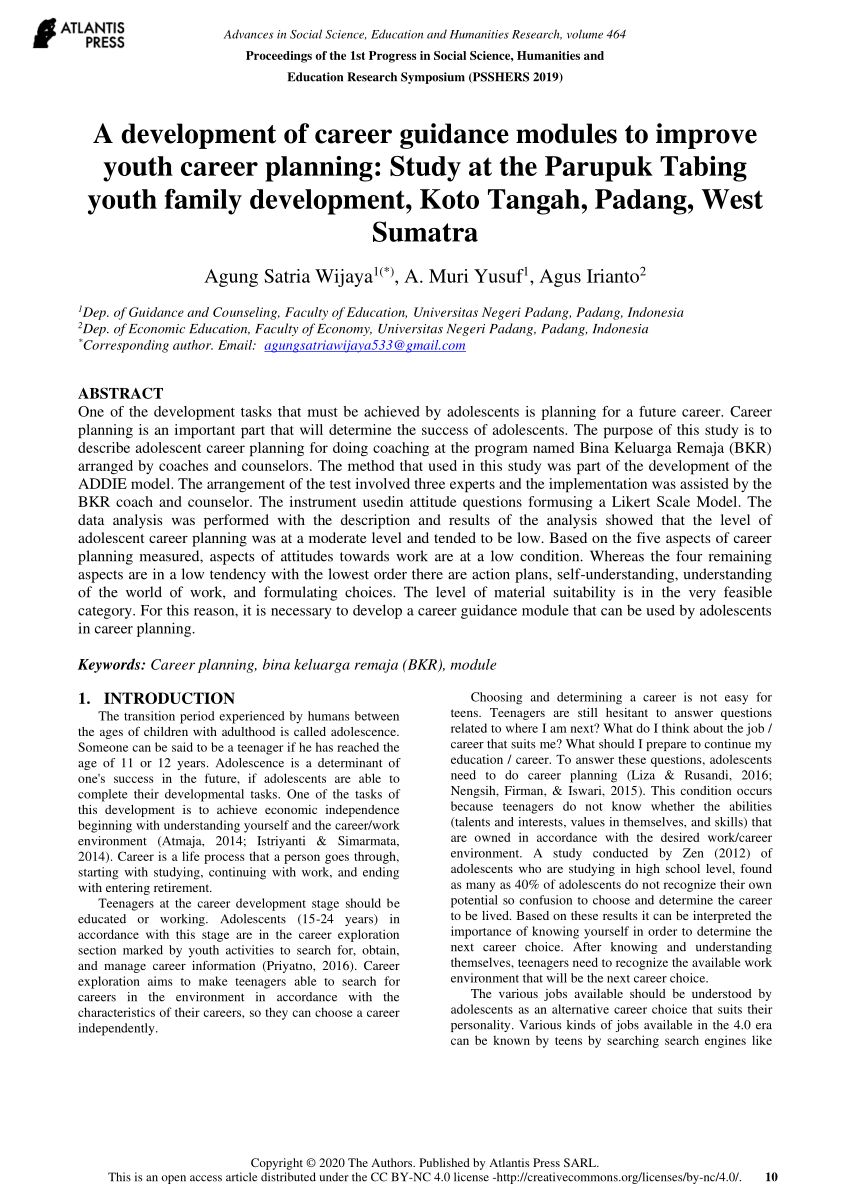
This article is about career planning. These pages contain articles about short-term and long-term career planning. They also include information on job shadowing and research into different career options. These resources can be very helpful in creating a long-term career plan. But it is crucial to tailor your plan to suit your individual situation and interests.
Long-term career planning
Planning your career can help you to achieve your goals. You will be able to avoid going down the wrong paths, create more career capital, as well as explore long-term options. It will also allow you to make the most your time. Long-term career planning is crucial if you want to have a lasting impact on the world.
Long-term career planning involves setting goals for the future, often over several years. A timeline allows you to monitor your progress toward your long-term career objectives. Many people have high-level career goals but aren't sure where they should go. These people need the motivation and direction that long-term career planning provides to help them achieve their goals. Professionists can also benefit from long-term planning by moving beyond their comfort zones.
Plan your career for the short term
Planning for short-term careers involves setting short-term career goals. While it is an integral part of long term career planning, it focuses more on the immediate opportunities. The type of goals you set for your short-term career depends on your situation, potential opportunities, as well as other factors. It might be worth pursuing knowledge enhancement within your company, or further education in related fields.

Career planning will help guide you in your decision making process, no matter if you are happy or unhappy at work. For people who are stuck at their job and feel lost or frustrated, career planning can be a great help. Short-term career planning focuses on what you want to accomplish in the next year or two. Long-term planning, on the other hand, focuses on your long-term goals.
Job shadowing
For job seekers, career shadowing is a valuable tool. It allows job seekers to see what areas need to be strengthened and what skills and education they require to achieve them. By shadowing an employee, you can gain insight into the workplace.
Job shadowing involves following another employee for a day or week in a specific position. The purpose of this activity is to see how the work is done, so you can assess whether or not it's something you'd enjoy. This can be a great opportunity to network with professionals and determine if it's the right field for you.
Career paths to research
It doesn't matter if you are unsure of your career path or already have a job, it is important to explore all options. You can read books about certain careers but it's also beneficial to speak with others in your field. This is a great way to get information about your job and daily responsibilities. It is also possible to find out about salaries, working conditions, as well as employment trends.
For PhD holders, there are a number of careers available outside academia. These could include research, teaching, management and even positions with non-profit organisations or public agencies. There are other options, such as publishing, patent law, and consulting. For more information, visit your institution's careers department.

Planning your career: Creating a timeline
First, decide what information you want to include in your timeline. Once you have established the purpose of the timeline and collected the relevant materials, research the subject matter. To make a quick timeline you can use a writing instrument, but for larger projects or presentations a posterboard is more useful. A ruler will allow you to draw neat lines without creating wrinkles. You can also draw a sketch of your timeline to see where to place the events.
Students find it difficult to decide which career path to follow immediately after graduation. This is why creating a career timeline is so useful. Fortunately, there are some resources online that can help students make a career timeline. The website Indeed.com offers a timeline template that has steps that students should take to prepare for each stage of the process.